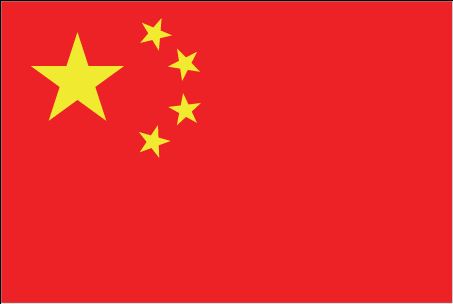
Five-Year Plans
Every five years, China establishes a plan for economic development over the next five years that includes targets for growth and priorities for development. The first Five-Year Plan began in 1953, followed by new plans every five years, up to the 14th FYP, which was adopted in January 2022.
Role of Planning in the Chinese Economy
The Chinese economy is a mixed economy, as it combines important features of a market economy and a planned economy. To understand the role of economic planning in China, it is necessary to review its history briefly. During the period from 1953 when the first Five-Year Plan began to the end of the 1970s, China practiced central planning under the direction of the State Planning Commission (SPC). The main function of planning was to direct the production of major products by state-owned enterprises. The State Council had a large number of ministries, most of which were responsible for the production of the corresponding products. There were ministries for agriculture and fisheries, forestry, coal, petroleum, chemical products, metallurgy, consumer products, textile, machine building, electronics, nuclear energy, aircraft, ammunition, space, geology and mineral resources, water resources and electric power, railroads, transportation and communications, posts and telecommunications, urban and rural construction and environmental protection, finance, commerce, etc.
Beginning in 1978 the Chinese government changed the economic system gradually towards a market economy, allowing non-state enterprises to produce and compete with state enterprises. The Commission for Restructuring the Economic System was established in 1982 to direct economic reform. This Commission was under the chairmanship of the Prime Minister himself while the Planning Commission was chaired by a Vice Premier. In 1998, the SPC was renamed the State 2 Development Planning Commission (SDPC), which then merged with the Commission for Restructuring the Economic System and the State Economic and Trade Commission (SETC). In 2006, it was renamed the National Commission for Development and Reform (NCDR), with the term planning omitted, perhaps to convey to the world that China was no longer a centrally planned economy. The NCDR continues to prepare Five-Year Plans based on a draft from the Central Committee of the Communist Party. Each Plan has to be approved by the National People’s Congress.
(Economic Planning in China, Chow, Gregory C., Princeton University, CEPS Working Paper No. 219, June 2011)
To Read Now
From China Dialogue, read China’s Five Year Plan for energy: One eye on security today, one on a low-carbon future. If you are interested in details of the what the newest plan means for energy and climate (not required) see "Q&A: What does China’s 14th ‘five year plan’ mean for climate change?" from Carbon Brief.
- In 2020, China made an unexpected announcement to reach carbon neutrality by 2060. Read "China pledges to become carbon neutral before 2060" from the Guardian for details.
There are some very practical reasons for China's new focus on cleaner energy, the health of its citizens among them. For example, in 2016 the World Health Organization determined (you don't need to read this article) that 1,000,000 people died from dirty air in China in 2012.
- Read a summary of air pollution issues and how they are related to energy use in this article from ABC News Australia, and for some insight into the impact that Covid has had on pollution, read "China’s air pollution has overshot pre-pandemic levels as life begins to return to normal" from the World Economic Forum.
- For a perspective of how members of the new Chinese middle class has been reacting to pollution issues, read "For Some in China's Middle Class, Pollution Is Spurring Action" from NPR.
